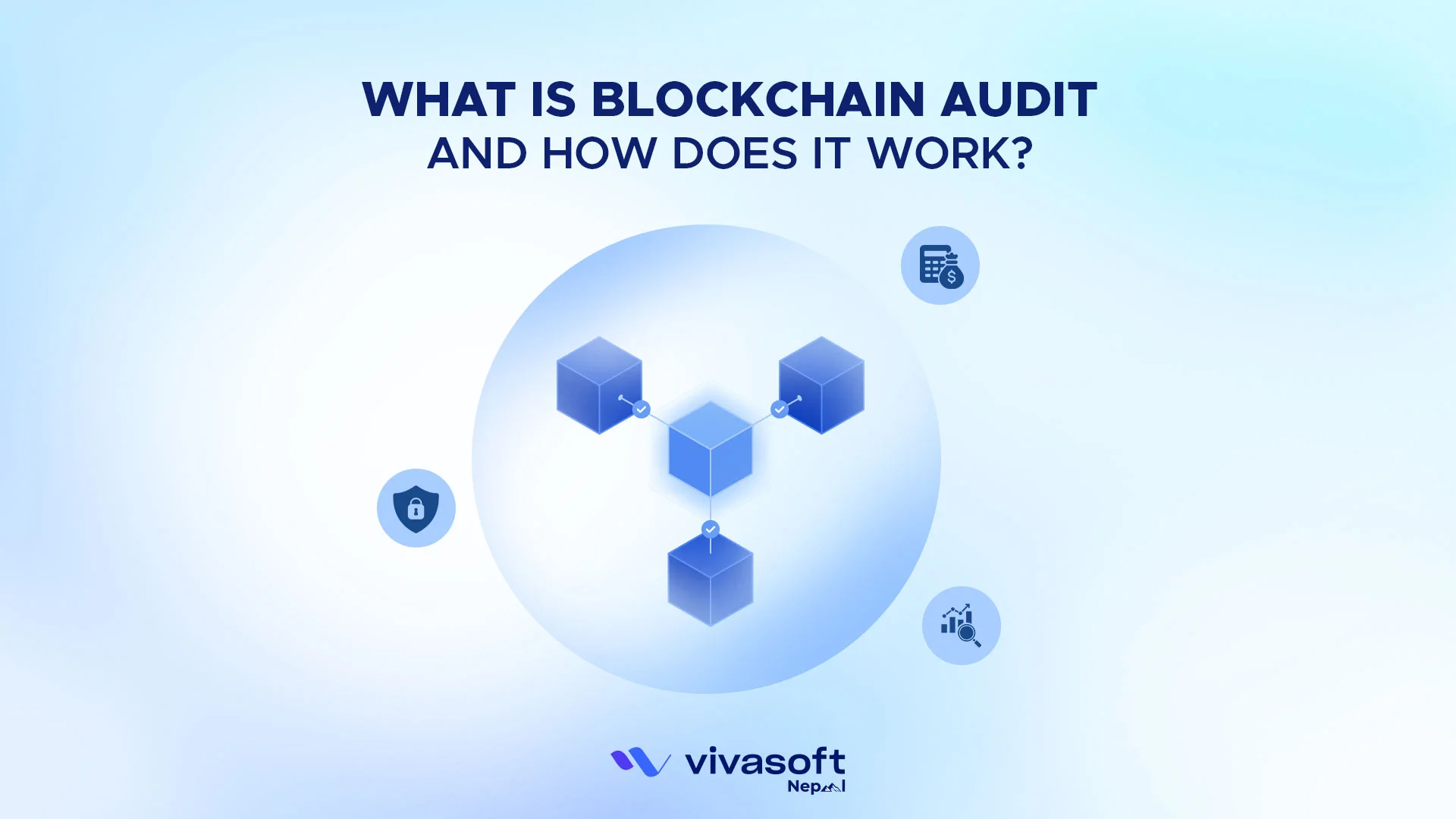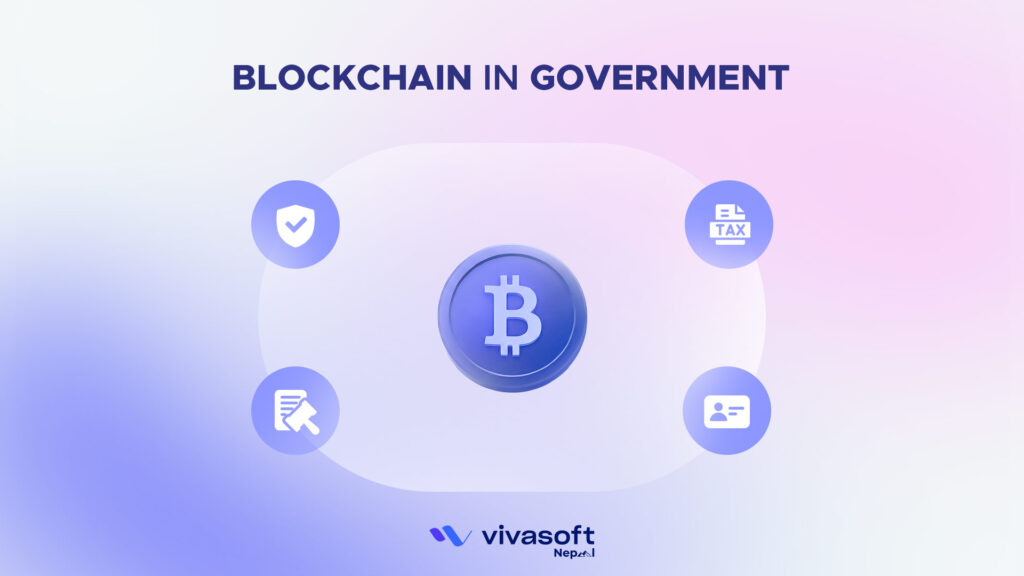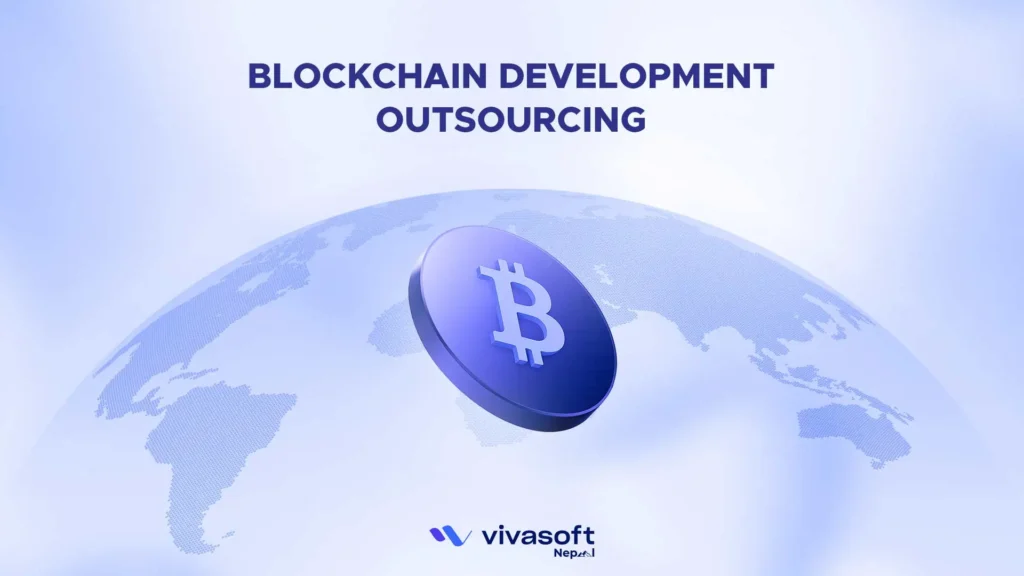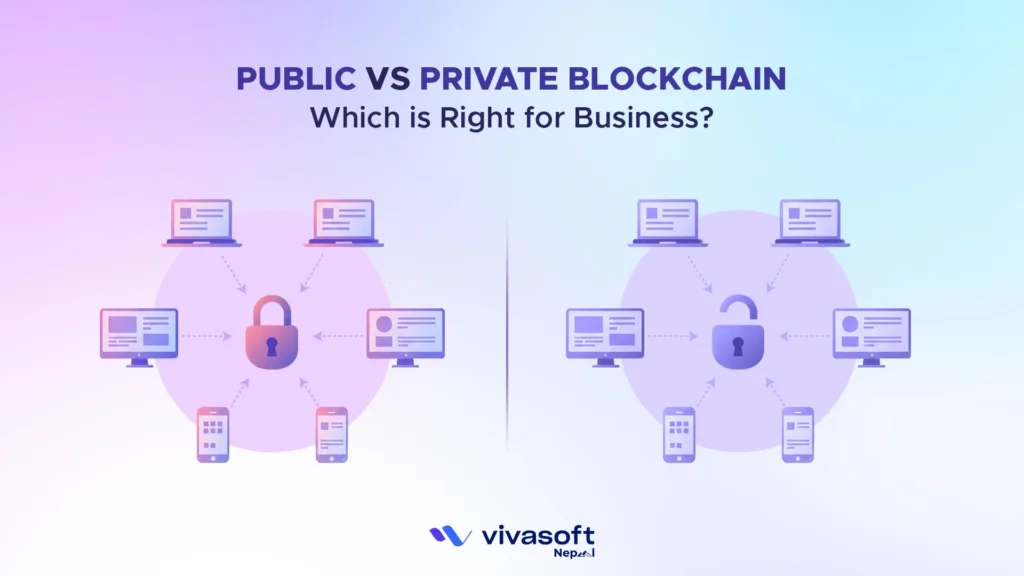Blockchain contains billions of dollars of transactions, global supply chains, and high-value digital assets. So, there is no room for any hidden flaws or errors. Things must be secure, transparent, and verifiable at every step. That’s why blockchain audits are essential.
It goes beyond just checking code, rather a professional examination to ensure every transaction is accurate, and every contract is reliable.
Along with smart contract performance assessment, advanced auditing detects vulnerabilities before they cause costly damage. Like what you have seen in the 2022 Ronin Network breach.
Hackers exploited a validator flaw and stole over $600 million from Axie Infinity. So, before things get worse like this, you should have a clear understanding of blockchain audit and how to perform it.
What is Blockchain Audit?
Blockchain audit is all about a thorough examination of a blockchain system for its security, accuracy, and compliance. The overall process includes reviewing transaction records, smart contracts, and system configurations. Businesses mainly run a blockchain audit to find vulnerabilities and get assurance that everything is running as it is programmed.
However, the examination process requires some advanced features. Such as immutability, transparency, and most importantly, all should be decentralized. Immutability ensures there is no risk of data alteration, which improves trust.
Transparency allows auditors to trace every transaction. Lastly, decentralization ensures reduced single points of failure and manipulation risks. These blockchain traits matter as they reduce manipulation risk. Auditors use specialized tools to read block data and detect anomalies effectively.
What Are the Types of Blockchain Audits?
The audits can be classified into a few types based on the blockchain’s operational and compliance needs. Each blockchain audit type serves distinct purposes:
1. Financial Statement Audits
These audits are mainly run to verify the accuracy of financial transactions recorded on the blockchain. Auditors mainly trace the transaction hashes and check the asset compliance with accounting standards. This way, they confirm the actual ownership.
For example, a cryptocurrency exchange uses this audit to verify client deposits and withdrawals.
2. Supply Chain Audits
In these audits, companies assess every transaction and participant in the supply chain recorded on the blockchain. The goal is to improve the authenticity. Auditors check hash-linked records and match IoT sensor data to ensure this authenticity.
For instance, a company uses this audit to track raw materials and shipping details on blockchain. It helps prevent fake material from entering the chain.
3. Smart Contract Audits
The auditors review smart contract code thoroughly. They carefully check the code line by line to identify the bugs and security flaws that might cause failures or exploits. By running penetration tests, the auditors confirm the code performs intended logic without exploitable errors.
For example, businesses assess the DeFi protocols before launch to avoid costly financial loss later.
4. Security Audits
For this, the auditor mainly assesses the blockchain security frameworks in all aspects. Such as encryption and consensus algorithms. They also scan for vulnerabilities and run consensus integrity tests to identify any attack risk in the system.
For example, Vivasoft Nepal has recently audited a tokenization platform. The team identified vulnerabilities and delivered targeted remediation guidance.
What is the Process of Blockchain Audit?
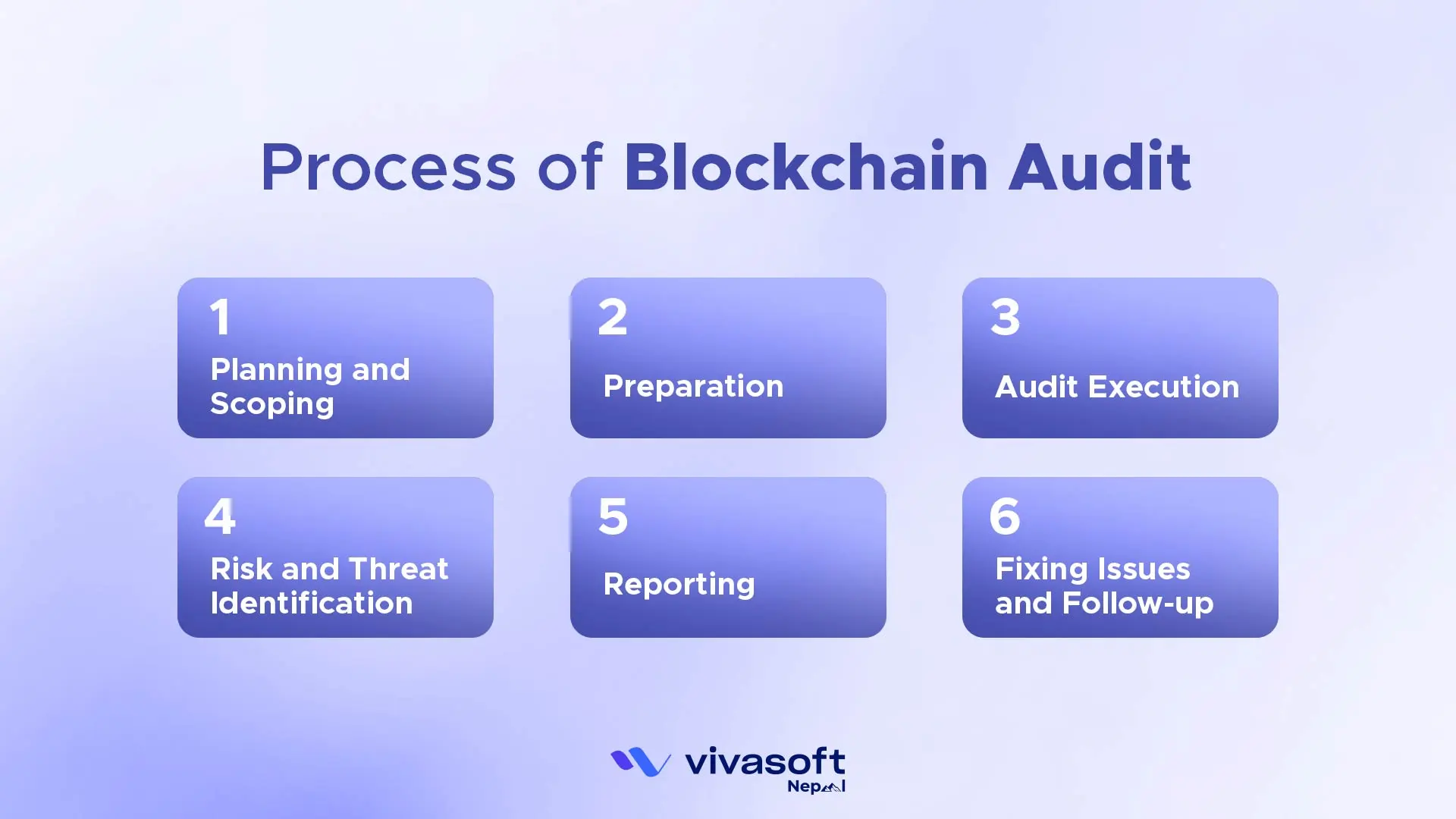
A blockchain audit runs through structured steps to find out risk and verify system integrity. You must go through methodically for efficient results.
- Planning and Scoping: First, you have to define the auditor’s goals and collect resources for this examination. At this stage, you have to set a timeline and list key components and stakeholders to involve. Finally, assign roles according to this.
- Preparation: Next, collect necessary access credentials and gather relevant documentation. The document should cover in detail smart contract specifications and system policies. Develop audit checklists and testing scenarios.
- Audit Execution: Now, in this step, conduct smart contract code reviews line-by-line. Auditors check out the transaction histories for discrepancies. Set clear goals to simulate attacks and test consensus mechanisms. If needed, you can run automated vulnerability scanners.
- Risk and Threat Identification: Classify detected issues by type and severity. Clearly note down any rising bugs or protocol weaknesses. Also, include in-process risk, or any unverified third-party integrations you find.
- Reporting: Finally, prepare a comprehensive report. This will include project summaries like audit goals, aims, and frameworks. Add audit findings and any risks they present. Organize the report for stakeholder review.
- Fixing Issues and Follow-up: When the report is ready, this is the time to collaborate with developers to apply fixes. Conduct a re-test to confirm fixes or check the blockchain architecture again. Refactor the smart contracts and application code.
What are the Benefits of Blockchain Audit?
Blockchain audits bring notable advantages to enhance security and improve cost-efficiency. Here are some key benefits with detailed insights:
- Instant Access to All Data: Blocks create a detailed and immutable ledger that is assigned to all the connected nodes. You can retrieve every transaction instantly without waiting for permission or confirmation from third-party and any intermediaries. This speeds up audit sampling and thorough analysis.
- Real-Time Fraud Detection: In blockchain, you can ensure continuous monitoring of transactions to spot anomalies immediately. Such transparency in the process helps find out suspicious activities and fraud smarter quickly than traditional systems. At a great advantage, you can reduce the financial loss risks.
- Trust and Credibility: With the audited blockchain systems, you can find out the verified integrity. The users and the stakeholders get assurance that everything is secured and on track. It notably impacts enhancing credibility and improves trust. This way, you can gain reliability in the eyes of new investors as well.
- Lower Costs Over Time: Blockchain automates many audit tasks through cryptographic proofs and smart contracts. You don’t have to go through manual inspection or time-consuming paperwork hassles. These efficiencies lower labor costs and shorten audit cycles, helping you save money.
Complete Financial Transparency: Every transaction on blockchain is fully traceable and time-stamped. You can get access to the audit report, clearly highlighting asset origins, transfers, and final ownership. This transparency reduces disputes and simplifies regulatory compliance. Everyone involved can safely run the transaction..
What are the Challenges of Blockchain Audit?
When running Blockchain audits, you will face unique challenges due to the technology’s complexity and nature.
- Distributed Nature: The key challenges of auditing a blockchain are that there is no single central database that holds all transaction records. All nodes hold their own copy of the ledger. For this, auditors must verify the data across multiple nodes, which is time-consuming and resource-consuming.
- Time-Consuming Verification: Auditors need to analyze every block and transaction to confirm accuracy. The process includes checking timestamps and validating cryptographic keys. Auditing such a large data from all blocks is truly labor-intensive.
- Technical Complexity: Blockchain infrastructure runs on decentralized ledger technology, having all unique consensus mechanisms and data formats. So when you are about to reconcile multiple copies of the ledger, you have to be technically enhanced.
- Smart Contract Risks: Smart contracts contain coding flaws that may include vulnerabilities or gas inefficiencies. A single mistake in identifying these flaws can lead to costly unauthorized fund transfers and, in severe cases, system downtime.
- Privacy Concerns: As with providing transparency, blockchain needs privacy. Such as when you are working with private or permissioned blockchain networks. So it is a big challenge to handle both types of blockchains during audits.
- Scalability Issues: As blockchain networks grow with the transaction amount and ledger size, auditors often face increased computational and storage demands. For the Large-scale systems, it is obvious to require more time to extract and verify blocks.
The Future of Blockchain Audit
The future of blockchain audit will bring major changes. It is expected to make the audits faster, smarter, and more valuable. Here’s what you should know about:
- Real-Time Monitoring: Blockchain’s continuous data flow offers auditing that happens live. You will monitor transactions as they occur and help with instant verification. By early detection of irregularities, you will ensure the transactions are more secure and out of any risk exposure.
- AI-Enhanced Fraud Detection: Artificial intelligence is going to integrate with blockchain audits, which you can audit and analyze vast datasets rapidly. You will be able to detect anomalies and sophisticated fraud more effectively than humans might miss. The integration of AI models improves accuracy and speed in recognizing suspicious activities.
- Self-Auditing Business Systems: Smart contracts and decentralized applications are now embedding self-auditing functions. Through this, businesses can automate compliance checks and transaction validations internally. You will just confirm that these self-checks work correctly and safely.
- Auditors Become Strategic Advisors: With routine checks automated, auditors will likely start focusing on advising companies. More likely, they will become advisors who will plan for risk mitigation strategy and optimize the workflows.
- Universal Trust Through Transparency: Blockchain’s public and immutable records let everyone verify data independently. Through such transparent audits and clear repetitions, you can enhance trust among the connected companies.
Why Choose Vivasoft Nepal for Blockchain Audit?
One of the biggest challenges businesses face today is the concern about even a single overlooked flaw in a blockchain system. It risks financial loss and reputational damage..
All you need is to head over to a reliable and trusted blockchain development company that understands the complexities of blockchain technology and audits.
Vivasoft Nepal stands out in this arena. We have a skilled team highly experienced in advanced audit methodologies with blockchain’s inherent transparency.
Our team focuses on protecting your digital assets as well as keeping them compliant and efficient. Contact us today for a free consultation and start the new journey toward the safest blockchain ecosystem.
FAQs
How can blockchain improve the accuracy and frequency of audits for business owners?
Blockchain offers immutable data transactions, which means once a transaction is recorded, it cannot be altered or deleted. Plus, by introducing the automation process, there are minimal chances of errors that are common for humans. It improves accuracy and speeds verification with higher precision.
What are the main technical risks in blockchain-based auditing practices?
The key technical risks in auditing the blockchain are finding bugs in smart contracts. Often, you have to handle integration-related issues with other enterprise systems. Other challenges include fixing recorded mistakes and slow processing due to large data volumes.
How long does it take to audit a smart contract?
The actual timeline varies depending on the blockchain size and complexity. A contract with simple tokenization may take 3-4 days. But with the completely decentralized application, you may need to consider multiple weeks for auditing.
How do blockchain audits differ between public and private networks?
Public blockchains are open to anyone who can view and verify all transactions. Auditors check open, shared data. On the other hand, private blockchains are permissioned systems that restrict access to authorized users. Auditors need to focus on internal controls and who has permission to do what.

